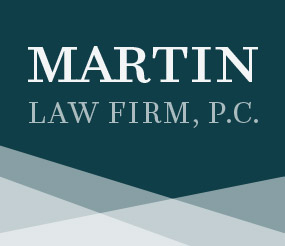Blog
Practice Areas
Schedule a Case Evaluation Today
Pennsylvania Durable Power of Attorney
A Durable Power of Attorney or “POA” under Pennsylvania Law is a written document in which the principal designates or appoints another as his or
Analyzing Pennsylvania’s Child Custody Factors
Child custody cases in Pennsylvania should be resolved in a manner that focuses almost exclusively on the child’s “best interests”. The “best interests” of a
A Quick Understanding of Pennsylvania Child Custody Laws
MONTGOMERY COUNTY, PENNSYLVANIA CHILD CUSTODY LAWS In 2011, the Pennsylvania legislature passed Act 112 of 2010. This legislation significantly changed the child custody law in
All You Need To Know About DUI In Pennsylvania
PENNSYLVANIA DUI LAW In Pennsylvania, an individual may not drive, operate or be in actual physical control of the movement of a vehicle after imbibing
Pennsylvania Commercial Debt Collection Laws Explained
Companies and businesses with non-paying customers should take pro-active steps to compel payment. Reducing accounts receivables and eliminating payment defaults increases a company’s cash flow
Overview of Divorce Mediation in Pennsylvania
The term “divorce” can often carry with it an image of marital property disputes, contentious child custody hearings, and hard-fought legal battles. However, there are
What is Considered Marital Property in PA Divorce Laws?
In preparing for a divorce in Pennsylvania, one of the more significant issues you will need to address is how to divide the marital property.
Pennsylvania Divorce and Separation: The Distinction
In Pennsylvania, the term “divorce” means a divorce from the bonds of matrimony. Simply put, a divorce is a legal end to the marriage when
How Do Separated PA Couples File Taxes While Awaiting Divorce?
Filing taxes during divorce is an overlooked matter. People getting divorced are focused on the divorce process, their children, and what life will be like
A Detailed Overview of The Montgomery County Divorce Process
The divorce process in Montgomery County, PA can be a bit overwhelming for individuals going through it for the first time. Men and women anticipating
